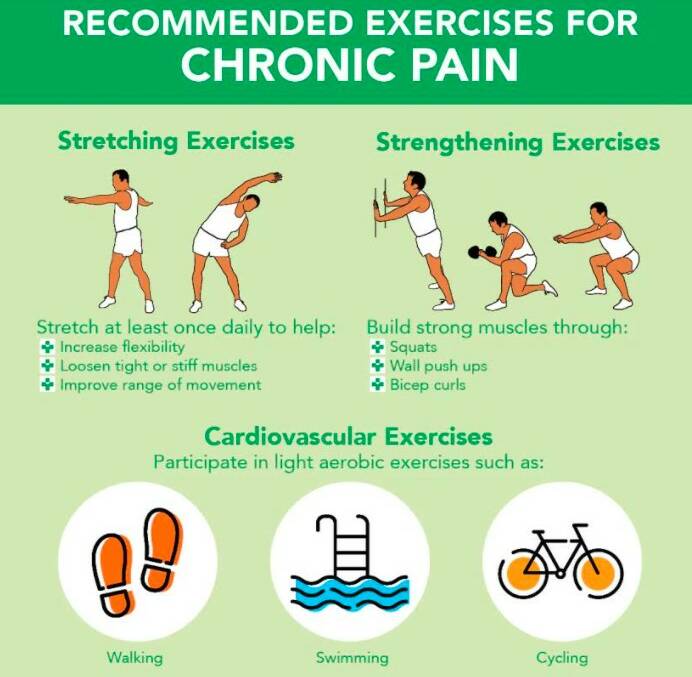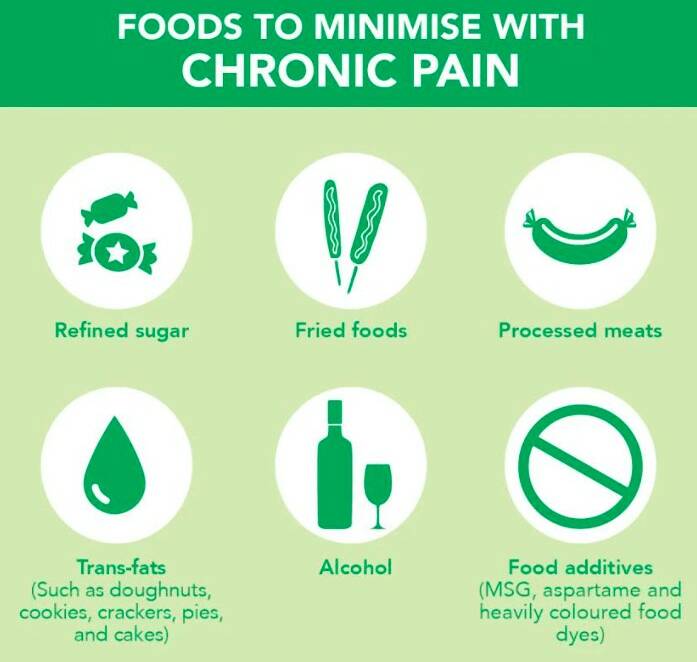Health Check: Tips to tackle chronic pain
This is branded content for TerryWhite Chemmart Hamilton.
Chronic pain is a debilitating problem for many of us. In the latest in a series of articles aimed at keeping the community healthy, TerryWhite Chemmart Hamilton pharmacist Mark Davis explains what's available to help sufferers.
Currently, one in five Australians live with chronic pain. The prevalence rises to one in three people for those aged over 65. Injury is the leading trigger of chronic pain, with the most common injuries resulting from playing sport, car accidents and accidents at home or work.
Even a minor incident that can cause an adverse change in the body can give rise to the continuing sensation of pain. If this pain lasts for longer then three months, we refer to this as chronic or persistent pain.
Like asthma or diabetes, chronic pain is treated as a long-term condition and is not seen as a symptom that can be easily fixed but a condition that you can manage and control. Chronic pain management aims to reduce pain to improve your function and help you undertake your daily activities and enjoy life despite pain.
A chronic pain management plan may require input from several specialists, your General Practitioner and allied health professionals. As a starting point, reach out to your GP or TerryWhite Chemmart Pharmacist to manage your pain.
Back pain
If you suffer from back pain, you are not alone. Back pain, notably lower back pain, is one of the most common forms of pain, with most Australians likely to experience it at some point in their lives.
It can feel like an ache, tension or stiffness in the back, usually caused by the way bones, discs, tendons, muscles, nerves and ligaments interact. Back pain can affect the neck, upper back and lower back, and the sacrum and tailbone.
You may experience back pain for many reasons, but it is most commonly brought on by a sudden movement, fall, injury or medical condition.
For many people, back pain may improve or disappear within three to six weeks if treated effectively, while others may develop more persistent back pain lasting for over three months (then classified as chronic pain)/
Back pain is painful to deal with but highly disruptive to a daily routine, so it is essential to understand how to manage it effectively.

Pain treatment
Treatment for chronic pain will depend on what is causing the pain. For some conditions, your doctor may prescribe you medication to help relieve symptoms or treat the condition causing you chronic pain.
You can also relieve pain and inflammation by:
- using over-the-counter pain
- using topical pain relievers or non-steroidal anti-inflammatory drugs to reduce pain, swelling and
- inflammation
- getting regular physical activity
- stretching before exercising
- maintaining a healthy weight to reduce stress on joints
- having a healthy diet, including minimising consumption of foods such as refined sugar, alcohol and fried foods
- applying hot and cold treatments to the affected joints
- getting enough rest

You should see your doctor if you have any of the following:
- a severe injury to your joint
- joints that are red, swollen, tender and warm
- persistent pain
- fever, without any other symptoms of the flu
- joint deformity
- sudden swelling
- joint immobility
Getting the right medication
Many different medications can help control pain, but managing pain effectively means taking the proper medication. At TerryWhite Chemmart, we offer 30-minute one-on-one Pain Medication Reviews with our Masterclass-trained pharmacists.
They will review your pain medication, provide you with an overview of other treatments that may be right for you, and will provide helpful advice and recommendations on managing your pain.
Bookings can be made online here or by giving us a call on 02 4961 1269.
General advice only - this information should not replace the information provided to you by your health care professional. If symptoms are severe or persist, please speak to your health care professional. Information current as of date of publishing. Always check with your pharmacist or medical professional before starting any new medications or supplements, particularly if you have any pre-existing medical conditions, are taking any medications currently, are pregnant or breastfeeding, or researching therapies suitable for infants or children.
This is branded content for TerryWhite Chemmart Hamilton.



